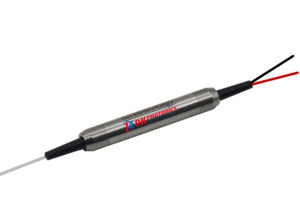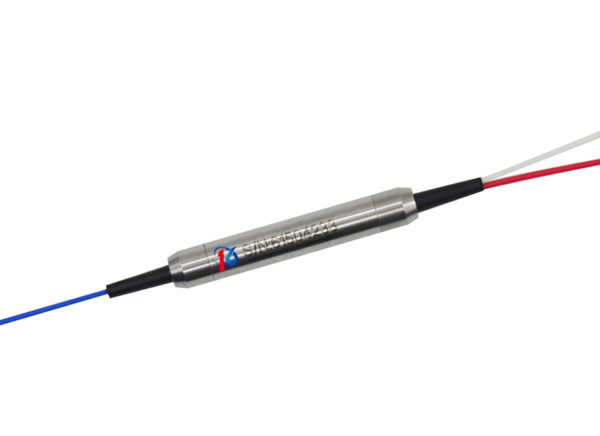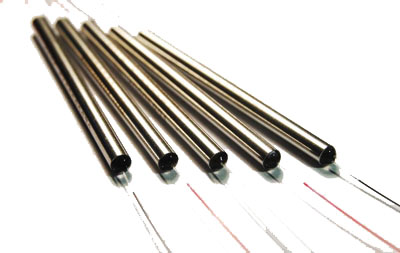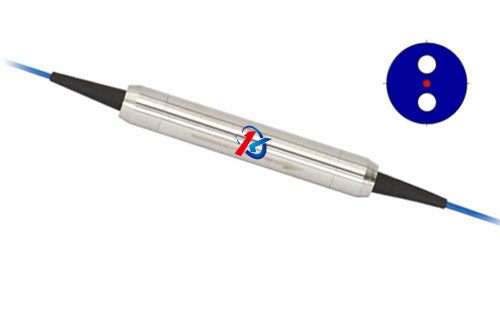A polarizer is an optical filter which is used to pass light waves of a specific polarization blocking other light waves. The In-Line Polarizer is used for converting un-polarized light into polarized light having the high extinction ratio. What does the polarizer do specifically? The light wave of a specific polarization at slow or fast axis is passed effectively and the other waves are blocked. So use of it in fiber lasers, amplifiers, and communication system helps in the better maintenance of the system. DK Photonics is one such company who explicitly deals with the supply of high power products.
Company Profile
DK Photonics Technology Limited is the company headquartered in Shenzhen, China with factories located in varied locations. The company has expertise in designing and manufacturing of high-quality optical components for telecommunication, sensors, and applications. The company has the experience in fiber-optic design & installation which also includes setup of transmission systems and assemblies. Total care for quality service is taken and the company has passed RoHS certification & ISO9001 quality system.
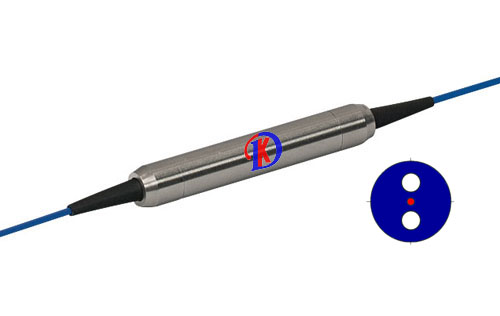
The company deals in customized components which production of filter based multiplexers, coupler modules, switching modules and fiber components. Cost effective products are used over multiplexers or amplifiers. One of the clients quoted the statement as, “We are satisfied with the cost effective fiber optic solutions provided by DK Photonics”.
Optical Fiber In-Line Polarizer and its Specifications
This device is a tiny part which is important for efficient working of the electronic product and this low-cost device converts the un-polarized light into linear polarized light. The device can be connected using input/output connector in the optical system.
Here are the striking features of In-line Polarizer –
Light weight and compactness: It is a light weight device which is easy to carry and it helps in the execution of the appliance.
High return loss: The loss of power in signal reflected by a discontinuity in optical fiber results in high return loss.
Low insertion ratio: Insertion cost is the loss of signal power from the insertion of a device into the optical fiber and it is much less than other devices.
High extinction ratio: It means that ratio of the optical power level of a digital signal produced from an optical source.
High stability: The tiny device is quite stable and reliable. It is one of the most trusted devices to be used on optical fibers.
DK Photonics provides a product which is best for communication purposes at low rates. So, the company builds High Power Isolator, 1064nm Components, PM Components, Pump Combiner and much more. Integrated service is provided to the clients with in-house installation setup at the industry location. All description to all products is provided over the website with updates of the latest components. Online payment service is available with easy booking and delivery of services. Get the best prices on the products like no other company.
